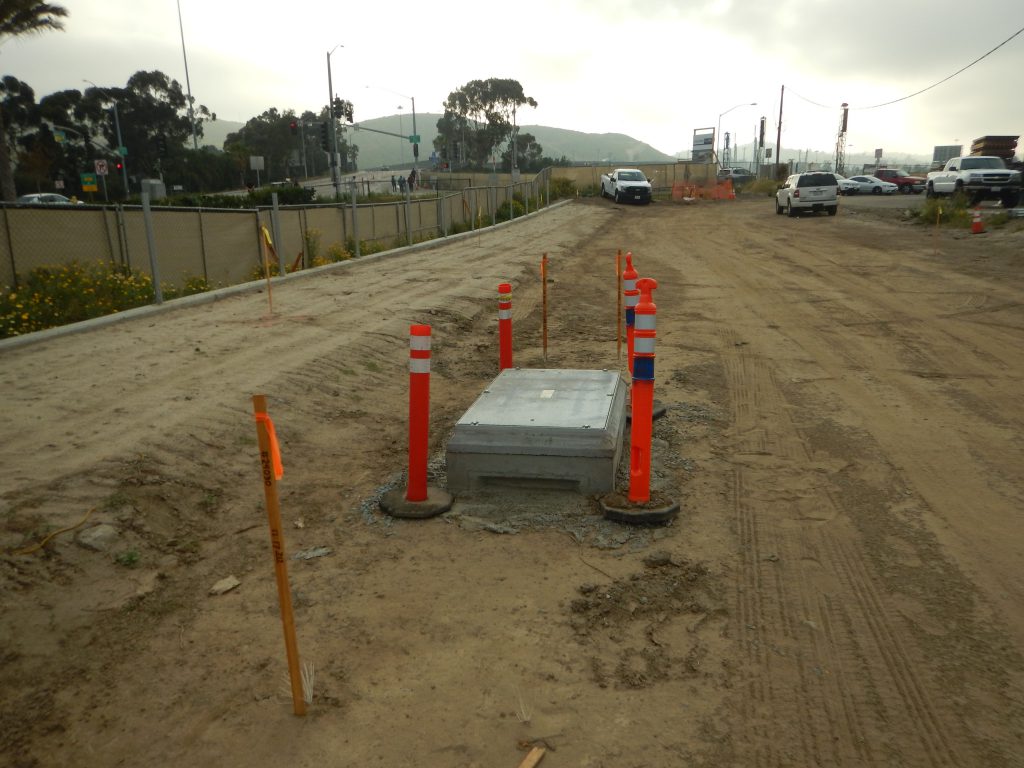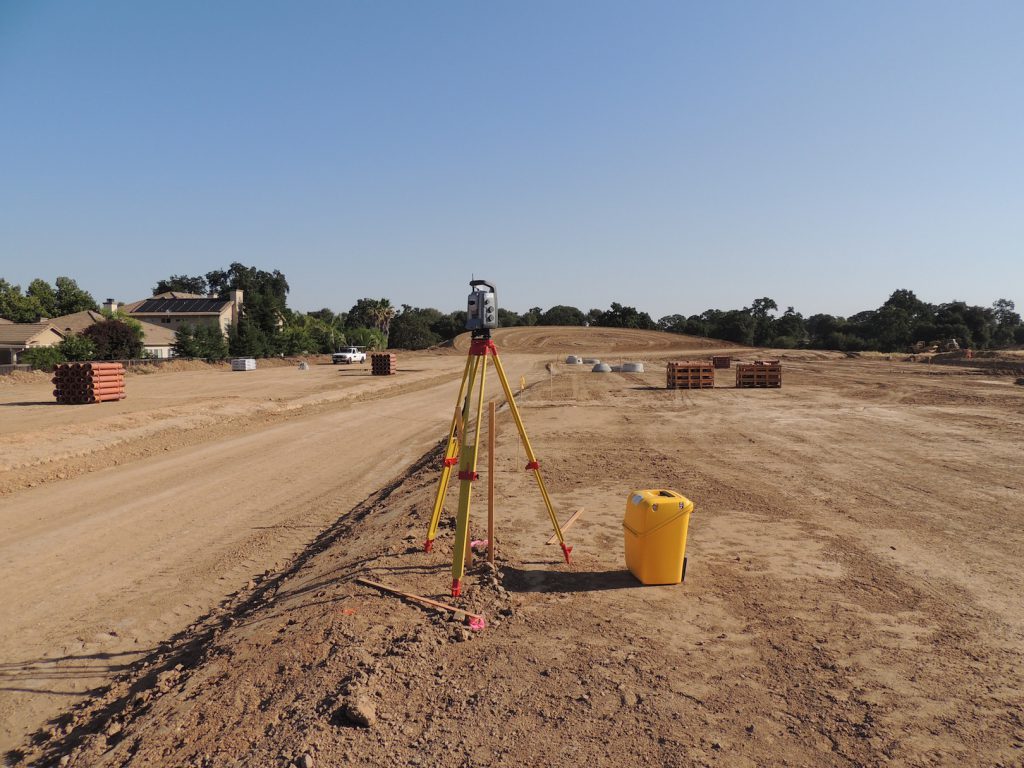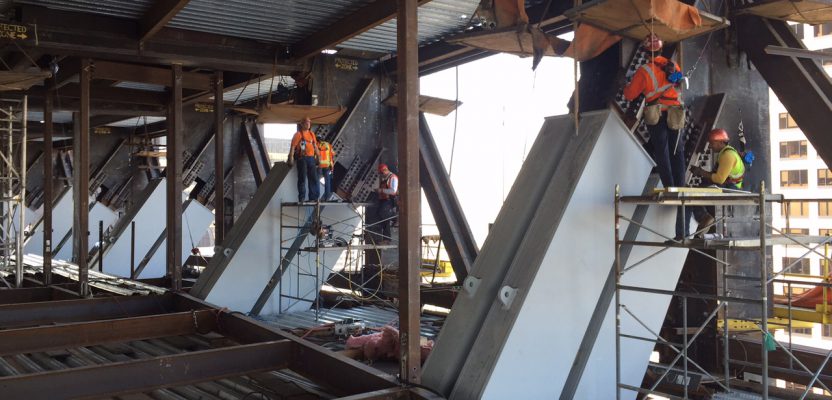A Surveyor’s Thoughts on the QBS Process
Editor’s Note: This month’s installment of Field Notes was submitted by James Nicolau IV, PLS, on the merits of using the quality-based selection (QBS) process to select surveyors for construction-staking services beyond where it is required under the Brooks Act (Public Law 95-582). When the QBS process is not used, which is often, surveyors are essentially selling a commodity rather than providing a professional service. Nicolau shares his thoughts—based on his experiences—on why that is a disservice to our profession and the project team.
As surveyors we take part in many different sub-trades that go along with our profession, ranging from boundary/ownership-line determination, ALTA surveys, topographic surveys, quantities analysis, bathymetric surveys, and the list goes on.

Construction Staking for an Assisted Living Facility
One aspect that, for many of us, keeps the lights on at our offices is construction staking. This often-dependable source of income is earned in the most frustrating and undermining ways. We are sent hard-bid invites by the contractor (who is also sending invites to many of our competitors), then we cost them out based on our local knowledge of construction progress rates and discount them as much as possible to try to keep ahead of our competitors.
Much of this current practice is directly hurting our profession as we are constantly trying to drive down our prices so that we may win the work by underbidding the other guy. From there the goal is to make our profit in writing change orders or “extras” back to the contractor, resulting in an often-hostile and frustrating relationship.
Land surveying is very much a professional industry, unlike utility installers, for example, yet we are being forced to cost and perform on projects in the same manner. Performing surveying in this manner is technically and legally acceptable; however, much further-reaching consequences stem from this practice.
Land surveying should be being considered as a professional service where we are able to work with the contractor side by side, aiding in creating reports and analytics for the contractor to use to increase productivity, track project changes, and verify design data. Contractors should be looking more at acquiring professional subconsultants at a time and materials (T&M) rate, just as many of our local and state agencies do procurement. That way contractors gain a partner in the project, ensuring that all of their requests and queries are being handled quickly and in a manner more fitting that of a team.
I have partnered with contractors under this arrangement, and the result was a unified front. We were able to identify deficiencies in the design and provide updated data to the designers right away. Consequently, the contractors were able to secure the proper change orders for the additional services.

Construction Staking for an Assisted Living Facility
Whenever this topic comes up with contractors, there is always the same rebuttal on their end: “If we go about procuring surveying services this way, how do we know that we won’t be milked by them since they are just time and materials?”
A qualifications-based selection (QBS) method would be much more beneficial for the both the contractors and the owners, just as is true with having an on-site civil engineer. (Hiring a surveyor based on a QBS method may not always be the right means of selection, especially in the case of smaller projects due to the fact that the magnitude of the project may not be able to justify needing surveyors on a dedicated time line.)
However, selecting a surveyor by this method ensures that you’re not only getting a competent team member who will make sure they are on site on a timely manner, but you’re also working along with the contractor to aid in keeping the production schedule on track.
The fear that most contractors carry with them is a bit comical, as it points out the dichotomy how they are hiring a subcontractor. Their T&M fear is based on the fact that they are hiring on subcontractors whom they themselves are unwilling to trust.
Our industry, as a whole, should be looking towards the wider use of the QBS model as we are professionals and should be selected and compensated as such. Surveyors have a lot to offer in the construction-staking arena, and we should be working to drive that home.
This article appeared in xyHt‘s e-newsletter, Field Notes. We email it once a month, and it covers a variety of land surveying topics in a conversational tone. You’re welcome to subscribe to the e-newsletter here. (You’ll also receive the twice-monthly Pangaea newsletter with your subscription.)


